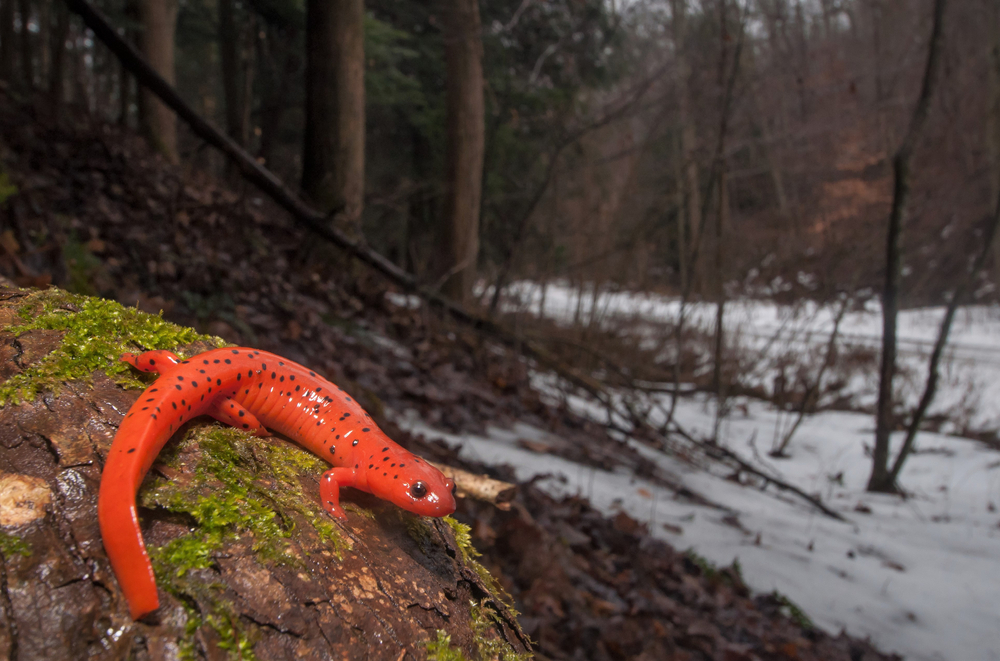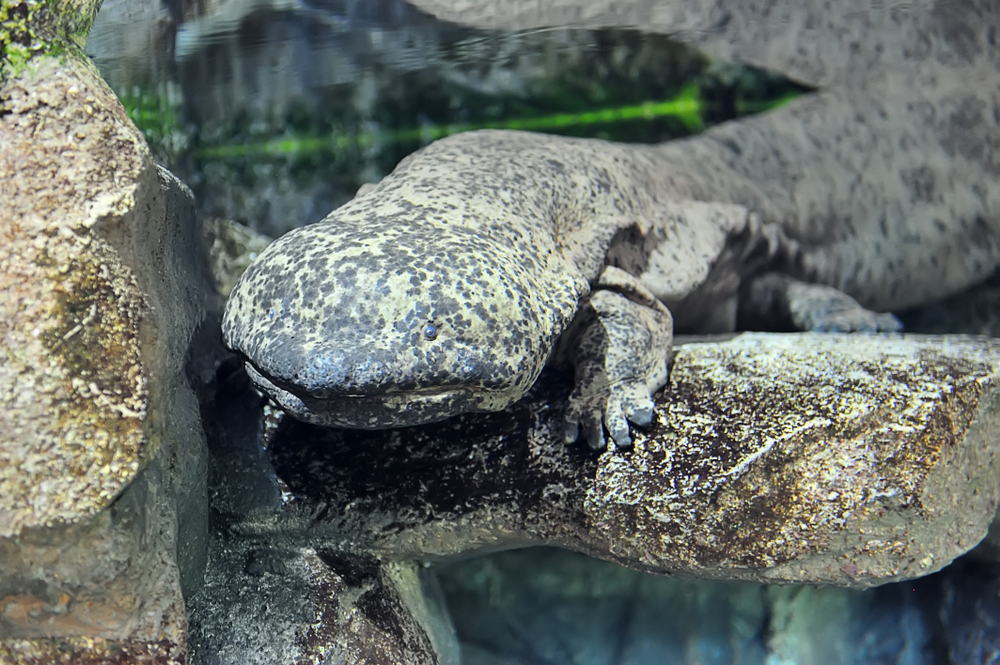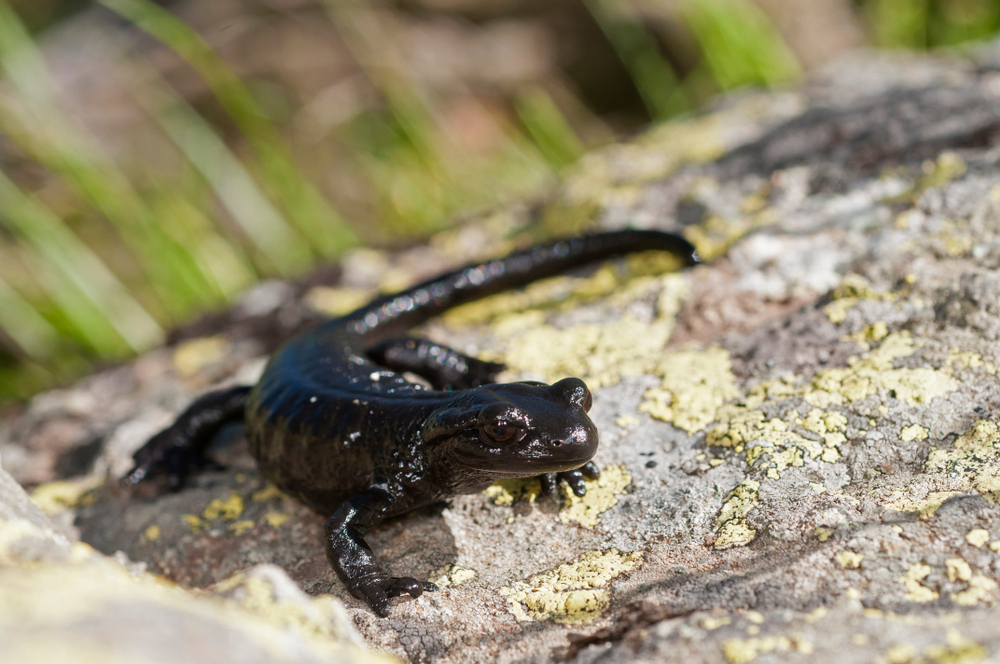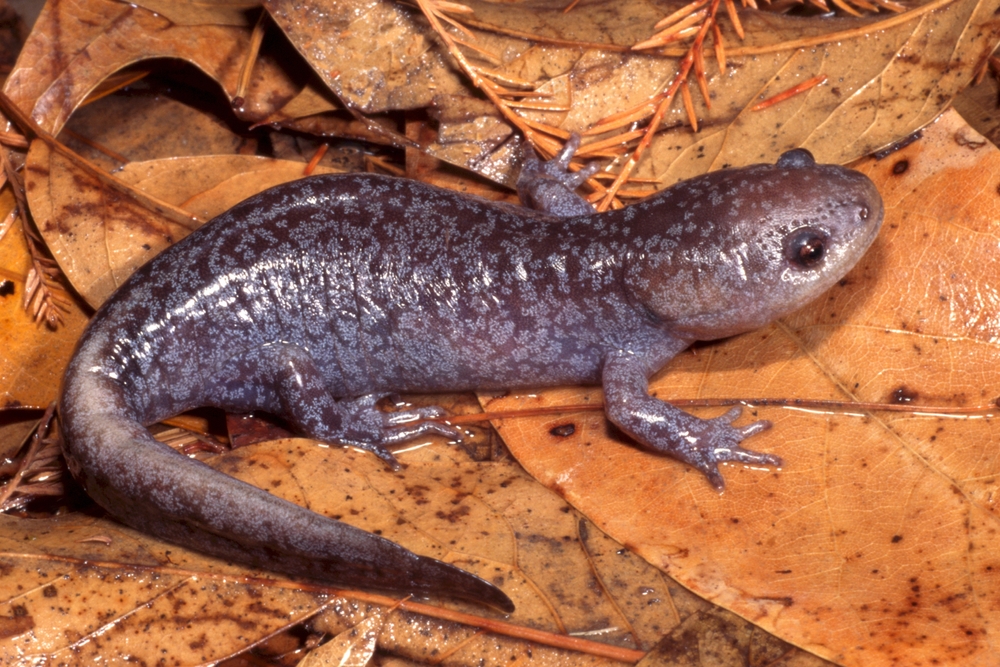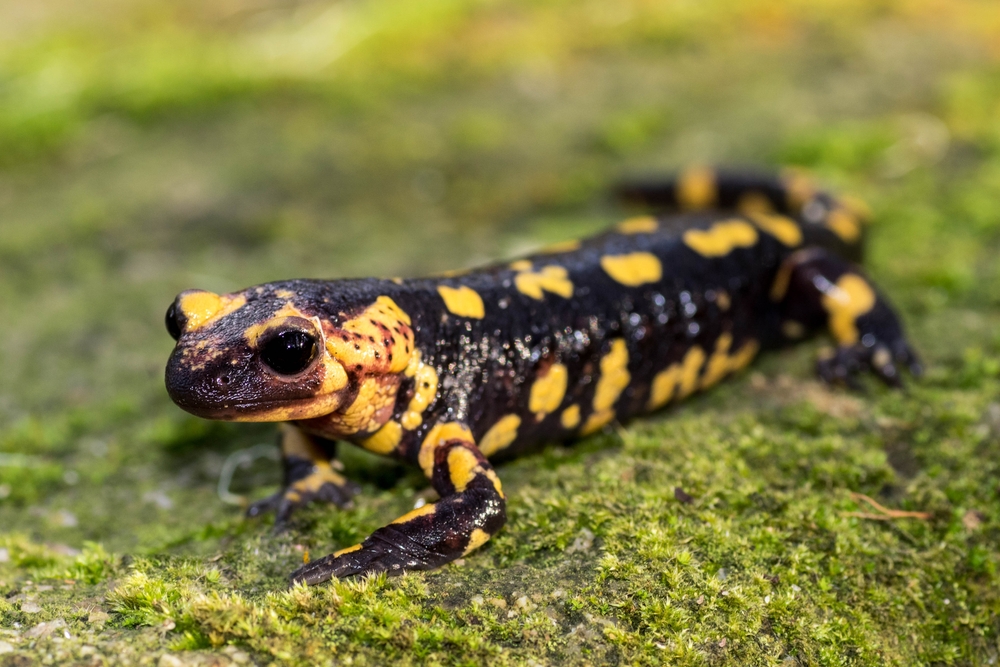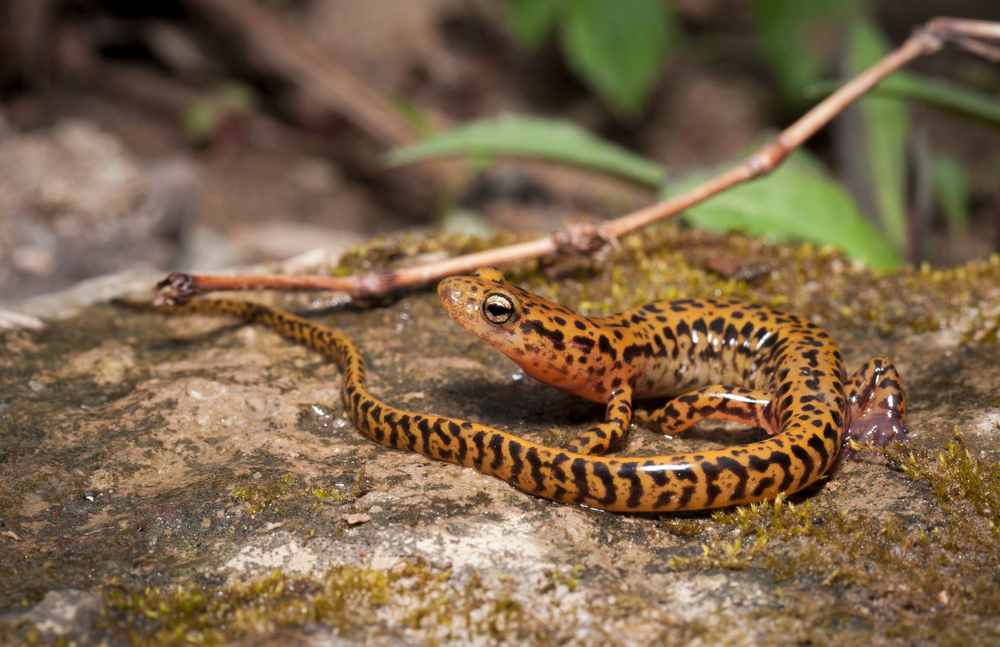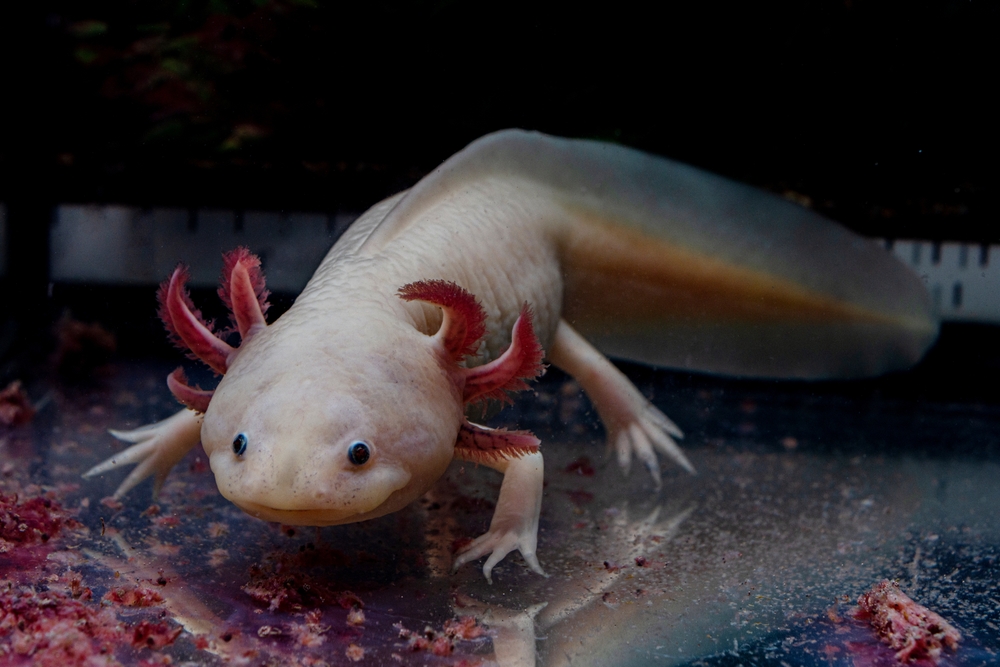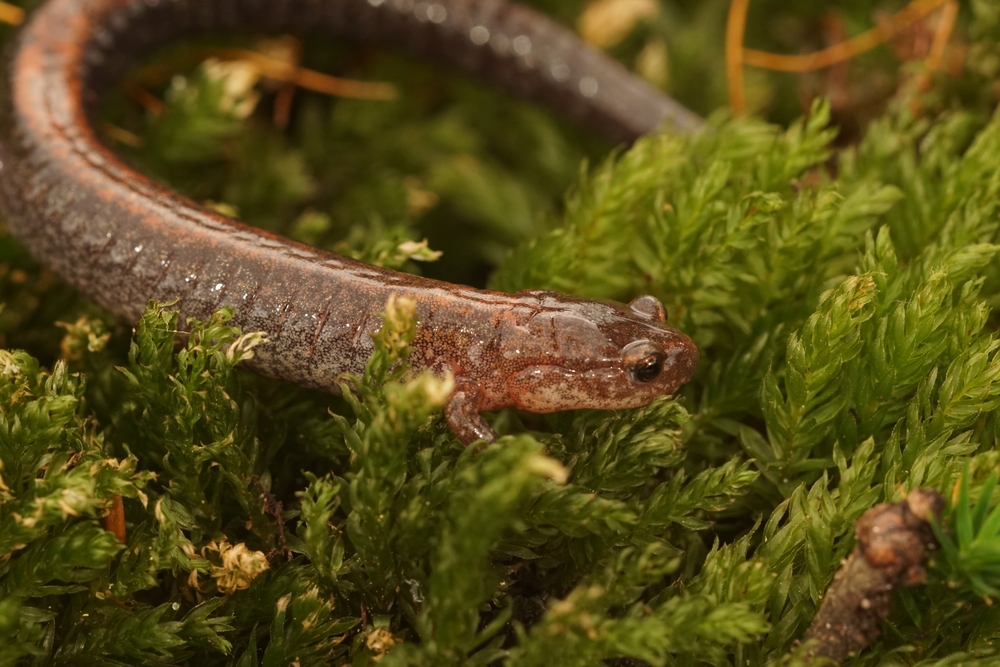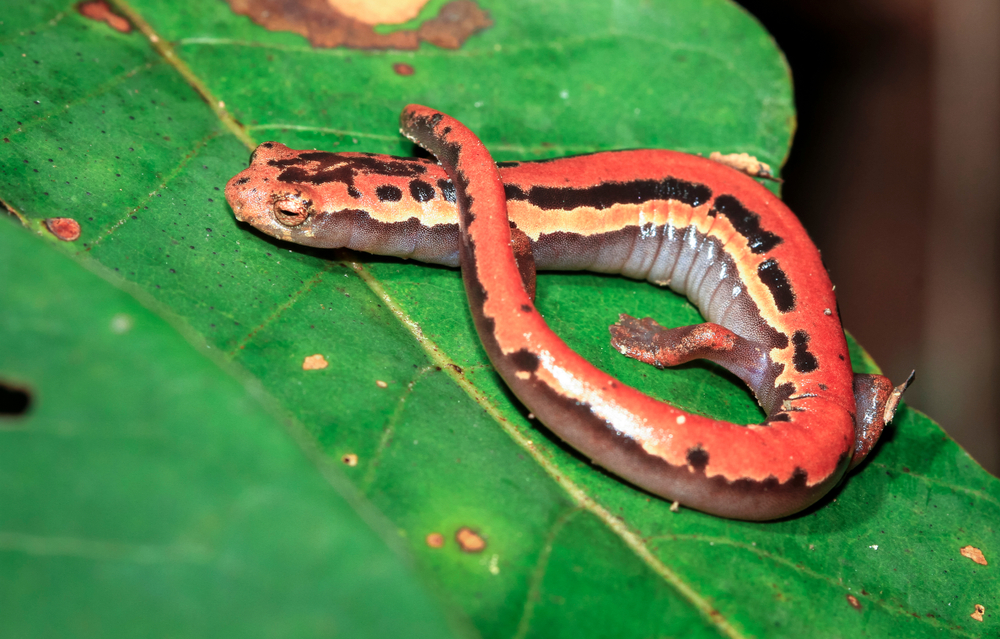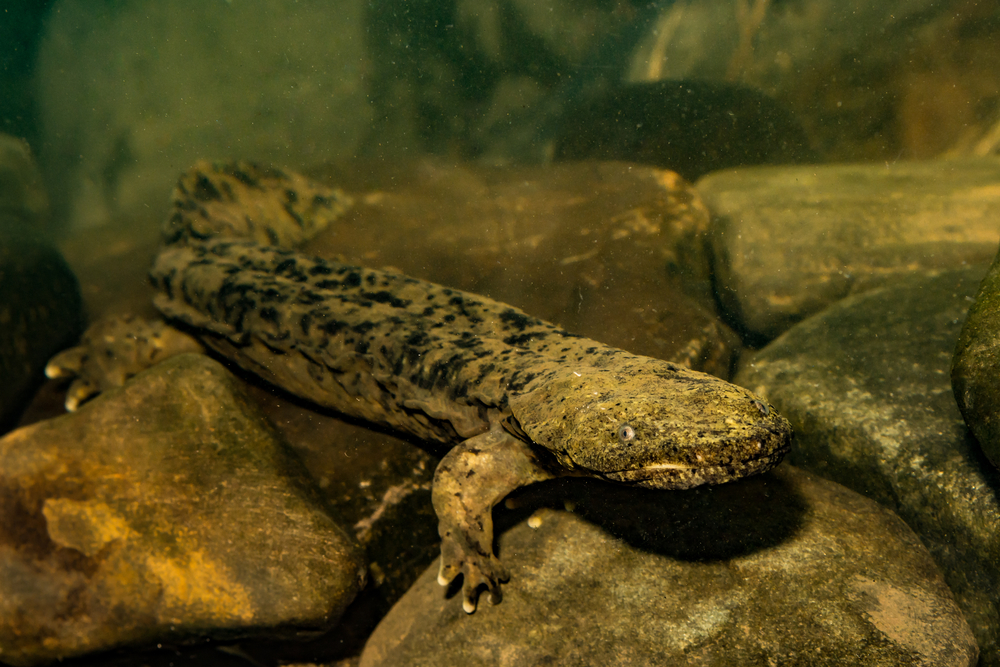Lifespan in the Wild:
Red salamanders (Pseudotriton ruber) are long-lived amphibians, particularly for their size and habitat. In natural conditions, they typically live 10 to 15 years, though some individuals may reach up to 20 years in undisturbed environments with consistent moisture and water quality.
Lifespan in Captivity:
When kept under ideal conditions—cool, clean water, high humidity, and a steady food supply—red salamanders can live longer:
-
Average Captive Lifespan: 15 to 20 years
-
Maximum Reported Lifespan: Over 20 years
Factors Affecting Lifespan:
-
Water Quality and Moisture: As lungless salamanders, they rely on cutaneous respiration and require clean, oxygen-rich environments, especially during their extended aquatic larval stage.
-
Predation: Larvae are vulnerable to fish and aquatic insects; adults face predation by snakes, birds, and mammals.
-
Habitat Disturbance: Logging, siltation, road runoff, and pollution of springs and streams can reduce lifespan by degrading breeding and foraging habitat.
-
Climate Change: Rising temperatures and altered precipitation patterns may dry out habitats or reduce larval survival.
Adaptations That Support Longevity:
-
Slow Development: With a larval stage lasting 2 to 3 years and sexual maturity delayed until 4 to 5 years, red salamanders invest in long-term survival over rapid reproduction.
-
Secretive Lifestyle: Spending most of their lives hidden under rocks, logs, or leaf litter reduces predation risk and physical wear.
-
Cool, Stable Microhabitats: Springs and seeps provide constant conditions that buffer them from seasonal extremes.
Summary:
The red salamander is a remarkably long-lived amphibian, often surviving 10–20 years in the wild. Its slow maturation, extended larval stage, and reliance on cool, clean, stable aquatic habitats make it both an ecological specialist and an indicator of stream health in eastern North America.



































































